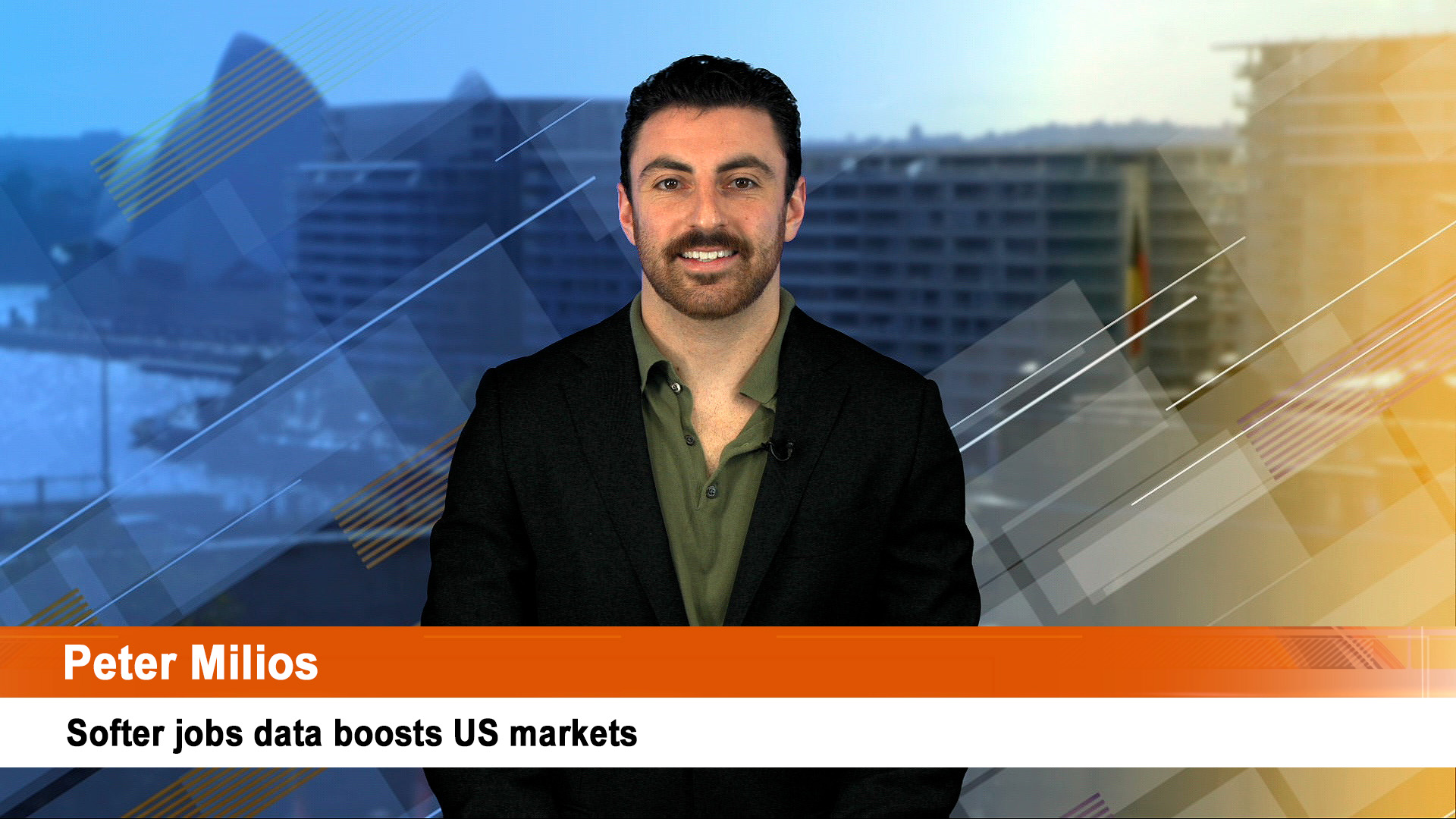It’s gonna be a huuuuge week for business and other news….
In fact, the week will be one of those when a mixture of timing – the last and first days of respective months – reporting seasons here and offshore, central bank meetings, important economic data and key meetings on Trump’s trade war – will produce a veritable cascade of sentiment-changing news all week.
There are meetings of three of the world’s four major central banks – The US Federal Reserve, Bank of Japan and the Bank of England, the start of month surveys of manufacturing activity, led by the much-watched duo of reports from China; the US-China trade talks resume tomorrow, the US second-quarter earnings flood continues, with Apple set to dominate on Wednesday morning and Rio Tinto releases its half-year figures late on Thursday.
Australian inflation data for the June quarter and 2018-19 will be released Wednesday. There’s also data for retail sales and private credit, building approvals and Rio Tinto’s half-year results on Thursday afternoon (see separate story on Australia).
But all eyes will be on the US Fed’s statement around 4 am Thursday, Sydney time.
The expected rate cut will be the Fed’s first since December 2008 and follows nine 0.25% rate hikes between December 2015 and December 2018.
As Friday’s first estimate of US second-quarter GDP (an annual rate of 2.1%) showed the American economy is in solid shape and perhaps not needing a rate cut.
(The GDP report showed a solid rise in consumer spending of an annual 4.3%, but the 0.8% drop in business investment was the biggest in three and a half years and it is hard to see a rate cut having any immediate impact there).
Friday’s July jobs report should confirm the US labour market remains tight and not in need of any further stimulus from a rate cut.
But The AMP’s Chief Economist, Shane Oliver says the cut “should be seen as the Fed taking out some insurance given various threats to growth including from the US/China trade war, tensions with Iran and slower global growth generally and a greater willingness by the Fed to take risks with higher inflation as opposed to deflation.”
“Given that the Fed is taking out insurance rather than responding to a crisis a 0.25% cut is more likely than a 0.5% easing, but we expect it to signal that further easing is likely. So, we expect another 0.25% cut to come in September,“ he wrote at the weekend.
Before the Fed meets negotiators for China and the US are set to meet in Shanghai for two days from Tuesday in the next round of talks aimed at settling the Trump’s trade war.
Then on Friday the US labor force data and jobs report is forecast to show a 160,000 new jobs, unemployment falling back to 3.6% and wages growth edging back up to 3.2% year on year.
Other US data will include June personal spending, the private consumption expenditure (PCE) inflation of an annual 1.7% from 1.6%. There’s consumer confidence and house price data, and the June trade deficit.
The July manufacturing conditions survey for the US will be out on Thursday (along with reports across the world) and car sales for July on Thursday and Friday.
The US June quarter earnings reporting season also continues – watch for results from Apple, GM, Exxon Mobil, Chevron, Shell and BP.
Eurozone data will be dominated by the first June quarter GDP estimate due Wednesday. Dr Oliver estimates that will be around 0.2% quarter on quarter and 1% year on year.
The first estimates of July inflation and employment for the eurozone will also be issued this week.
And the argy-bargy between Prime Minister Boris Johnson and the EU will continue over Brexit.
The Bank of England meets on Thursday and while it is expected to leave monetary policy unchanged, there are reports it is becoming more concerned about the rising chances of a hard Brexit by Prime Minister Johnson.
.
The Bank of Japan meets tomorrow and won’t change its very easy monetary policy stance because inflation is not a problem.
Japan’s June labour market data and industrial production will also be issued on Tuesday.
And the two surveys of Chinese manufacturing activity will be on Wednesday (official) and Thursday (private) are expected to show basically stable but weak conditions.













